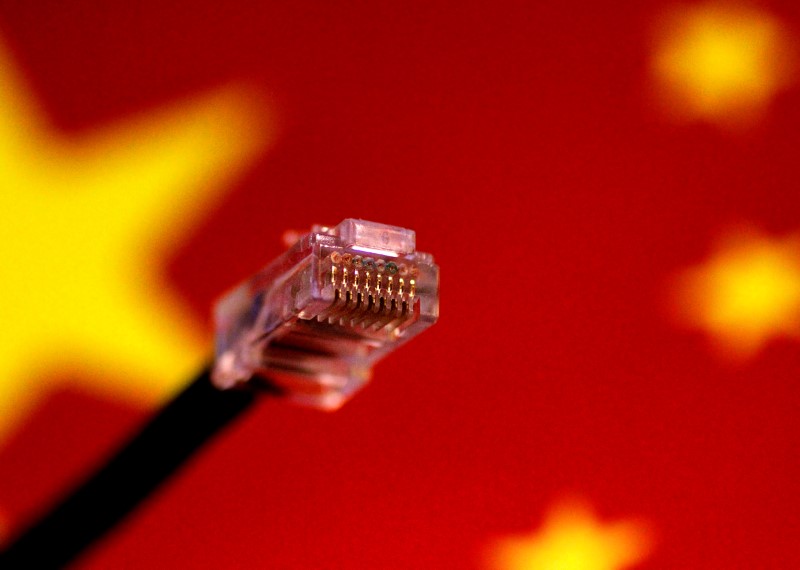(Bloomberg) --
China is close to giving the go-ahead for some of its biggest state-owned companies to develop the giant Simandou iron ore mine in Guinea, potentially paving the way for the project to be built after years of legal wrangling.
China’s State-owned Assets Supervision and Administration Commission, which oversees the biggest government-owned enterprises, is actively pushing forward with the project, the world’s biggest untapped iron ore deposit, according to people familiar with the plans who asked not to be identified as the talks are private.
For years, it seemed the super-rich ore under a jungle-covered mountain range might never be dug up. Simandou was practically forgotten by the wider mining industry as owners including Rio Tinto (LON:RIO) Group, Israeli billionaire Beny Steinmetz and authorities in the West African nation fought over rights to develop it.
That all changed in 2019 after Steinmetz ended a seven-year dispute with Guinea’s government that saw him relinquish claims on half of the mine. It’s now in the hands of a Guinean-led and Chinese-backed consortium that wants production to start within five years.
The reemergence of Simandou has spooked executives at the top iron ore miners. Half of the project could deliver more than 100 million tons a year of the highest quality ore just as the outlook for the material sours and Chinese demand plateaus.
Simandou is divided into four blocks, with blocks 1 and 2 controlled by a consortium backed by Chinese and Singaporean companies, while Rio Tinto Plc and Aluminum Corp. of China, known as Chinalco, own blocks 3 and 4.
China is keen to help develop the deposit as it looks to secure more high-quality supplies, and also wants to expand its footprint in West Africa, according to the people. SASAC hasn’t formally approved the project, but is working out the details on how it will proceed and how the project will be funded, the people said.
Chinalco will be involved in the development and SASAC is talking to other state-owned enterprises about building costly port and rail infrastructure, the people said. China Development Bank is likely to provide some of the funding and Asian Infrastructure Investment Bank is also being considered, the people said.
Nobody immediately answered faxes or calls to SASAC, Chinalco or China Development Bank seeking comment.
The cost of building a 650-kilometer (400-mile) railway stretching across Guinea has always been a roadblock for developers, with estimates reaching as high as $13 billion. With Chinese funding, the project becomes much more feasible.
Chinese involvement in Simandou would create a dilemma for Rio. A rival developing the deposit would threaten the market for Rio’s most important commodity. Yet it could struggle to win shareholder support to pour billions of dollars into Guinea if it wanted to join the development.
Rio’s Chief Executive Officer Jean-Sebastien Jacques met in January in Beijing with SASAC’s chairman to discuss bolstering cooperation between the mining giant and China’s state-owned groups, according to a statement from the company.
The largest iron ore exporters, including Vale SA, expect a long-term shift by China’s mills to favor higher-quality raw materials, even as growth in steel output plateaus. Using premium grade ores can allow plants to boost efficiency and comply with tougher curbs on pollution. Simandou’s ores contain 65% to 66% iron, above the industry’s benchmark 62% iron content products, according to Rio filings.
